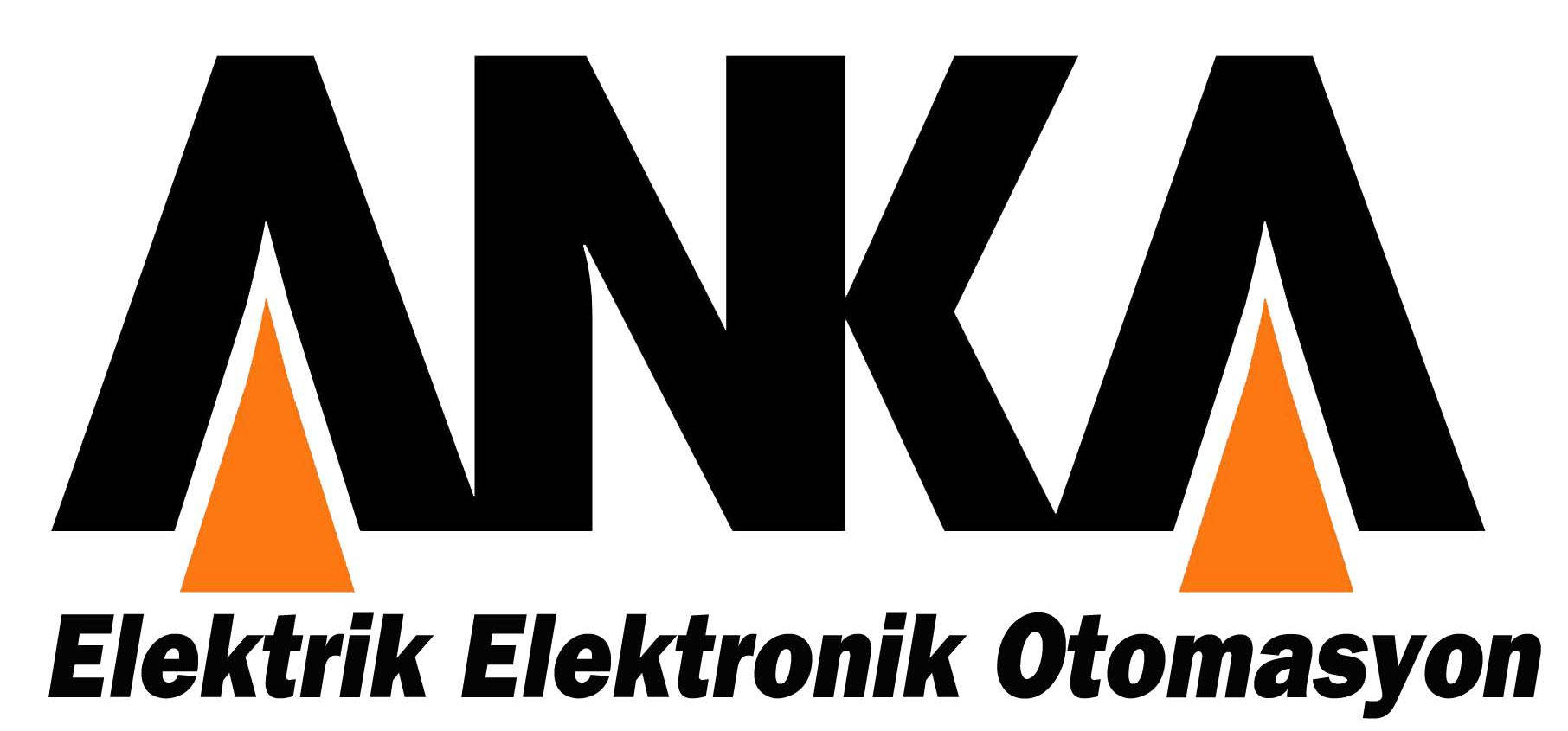How to Use Blockchain for Decentralized Digital Identity Management
Blockchain technology has gained increasing popularity in recent years, mainly due to its decentralized and secure nature. One area where blockchain can revolutionize traditional systems is in digital identity management. With the rise of digital transactions and online interactions, the need for secure and trustworthy digital identities has become more critical than ever. In this article, we will explore how blockchain can be utilized for decentralized digital identity management.
What is Digital Identity Management?
Digital identity management refers to the processes and technologies used to ensure that individuals and organizations are who they claim to be in the digital world. It involves verifying identities, authenticating users, and controlling access to digital resources. Traditionally, digital identity management has been centralized, with various entities such as governments, banks, and tech companies storing and managing user identities.
The Challenges of Centralized Identity Management
Centralized identity management systems pose several challenges, including privacy concerns, security risks, and a lack of user control. Stable Capital When a single entity controls user identities, there is a higher risk of data breaches and identity theft. Users also have limited control over their own data and may be subject to surveillance and profiling by the entity managing their identity.
The Role of Blockchain in Digital Identity Management
Blockchain technology offers a decentralized and secure alternative to traditional identity management systems. By leveraging blockchain’s distributed ledger technology, digital identities can be stored, verified, and managed in a transparent and tamper-proof manner. Blockchain ensures the integrity and security of user data by encrypting it and allowing users to control access to their identities.
Benefits of Using Blockchain for Digital Identity Management
1. Security: Blockchain’s decentralized nature and cryptographic encryption make it highly secure and resistant to hacking and tampering.
2. Privacy: With blockchain, users have greater control over their data and can choose what information to share with third parties.
3. Transparency: The transparent nature of blockchain allows users to verify the authenticity of their identities and transactions.
4. Interoperability: Blockchain can facilitate cross-platform and cross-border identity verification, making it easier for users to interact with different services and organizations.
Implementing Decentralized Digital Identity Management with Blockchain
To implement decentralized digital identity management using blockchain, several key components must be in place:
1. Digital Identity Creation: Users can create their digital identities on the blockchain by uploading their personal information and verifying their identity using biometric data or digital signatures.
2. Identity Verification: Third-party entities can verify the authenticity of users’ identities by accessing the blockchain and confirming the information stored on it.
3. Access Control: Users have control over who can access their digital identities and can grant or revoke permissions as needed.
4. Identity Authentication: Users can authenticate themselves using their private keys or biometric data, ensuring secure access to their digital identities.
Case Studies in Blockchain-Based Digital Identity Management
Several organizations and governments have already started exploring blockchain for digital identity management:
1. Estonia: The Estonian government has implemented a blockchain-based digital identity system called e-Residency, allowing non-residents to access Estonian digital services securely.
2. Microsoft: Microsoft has developed an open-source blockchain platform, called Azure Blockchain, which enables users to create and manage digital identities securely.
3. Sovrin Foundation: The Sovrin Foundation is a nonprofit organization dedicated to building a global decentralized identity network using blockchain technology.
Challenges and Future Directions
While blockchain holds great promise for decentralized digital identity management, there are still challenges to overcome. These include scalability issues, regulatory concerns, and interoperability with existing systems. Moving forward, collaboration between governments, tech companies, and standards bodies will be essential to create a secure and user-centric digital identity ecosystem.
In conclusion, blockchain technology has the potential to revolutionize digital identity management by offering a secure, transparent, and user-controlled system. By leveraging blockchain’s decentralized and tamper-proof nature, organizations and individuals can ensure the integrity and privacy of their digital identities. With further research and development, blockchain-based digital identity management could become the standard for secure and trustworthy online interactions.

Son yorumlar